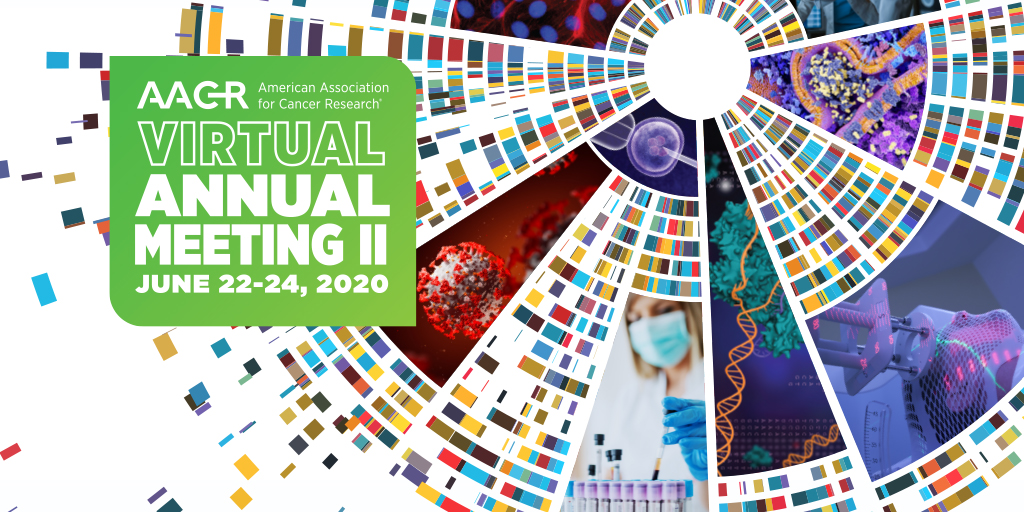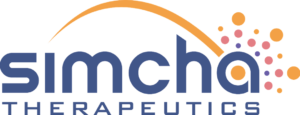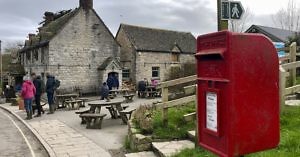Potential of Immunometabolism to Enhance CAR T cell therapy
One only has to look at the number of clinical trials to recognize that cell therapies are one of fastest growing areas in terms of cancer new product development.
Over the past several years we’ve seen many changes and improvements in continuous innovation regarding the development of CAR T cells.

What metabolic “treats” do T cells like?
There has been no shortage of novel ways to enhance their targeting, durability, efficacy, or ease of administration. Most of the early strategies have yet to translate into commercial products, but it remains an area an attractive area to investors hoping to repeat the returns seen with Juno and Kite as more competitors enter the field.
In the fifth post in our mini-series on novel approaches in the emerging immunometabolism niche, we’re looking at ways to metabolically reprogram CAR T cells, as well as what the future may hold for the next generation of CAR T cells in this context.
Like a postcard from one’s summer holiday, it’s an opportunity to offer a snapshot at a moment in time from our journey.
We were fortunate to have the opportunity to talk with a researcher who is actively at the forefront of this area. Dr Roddy O’Connor is working with Carl June along with various colleagues at the University of Pennsylvania, and he kindly spoke to BSB about his work.
To learn more about the emerging area of immunometabolism and its potential to enhance CAR T cell therapy, subscribers can log-in or you can click to gain access to BSB Premium Content.
This content is restricted to subscribers


 This is the second postcard in our mini-series on the emerging field of immunometabolism and the translational potential for cancer new product development.
This is the second postcard in our mini-series on the emerging field of immunometabolism and the translational potential for cancer new product development. Last week we talked about finding ways to make the T cells work
Last week we talked about finding ways to make the T cells work  Not in San Diego: We took a close look at the potential for targeting gamma delta (𝞬𝝳) T cells early last year in an extended mini-series looking at the landscape including some of the early companies leading the way in this niche.
Not in San Diego: We took a close look at the potential for targeting gamma delta (𝞬𝝳) T cells early last year in an extended mini-series looking at the landscape including some of the early companies leading the way in this niche.
 We’ve been following Dr Ring’s work on IL–18 for some time so it was good to finally see it published.
We’ve been following Dr Ring’s work on IL–18 for some time so it was good to finally see it published. Due to the ongoing travel challenges and need for social distancing as result of Covid–19, one key annual immunology meeting originally slated for this month was AAI in Honolulu, which was sadly cancelled. Fortunately, ASGCT is being held as a
Due to the ongoing travel challenges and need for social distancing as result of Covid–19, one key annual immunology meeting originally slated for this month was AAI in Honolulu, which was sadly cancelled. Fortunately, ASGCT is being held as a  With over 60,000 registered attendees, the meeting is a success and has set the standard for others to follow this year. While we all miss the opportunity to meet and network in-person, a virtual meeting does democratize access to science for scientists and researchers who can’t afford to travel or attend every year and we hope that live-streaming will continue in 2021 and beyond.
With over 60,000 registered attendees, the meeting is a success and has set the standard for others to follow this year. While we all miss the opportunity to meet and network in-person, a virtual meeting does democratize access to science for scientists and researchers who can’t afford to travel or attend every year and we hope that live-streaming will continue in 2021 and beyond.